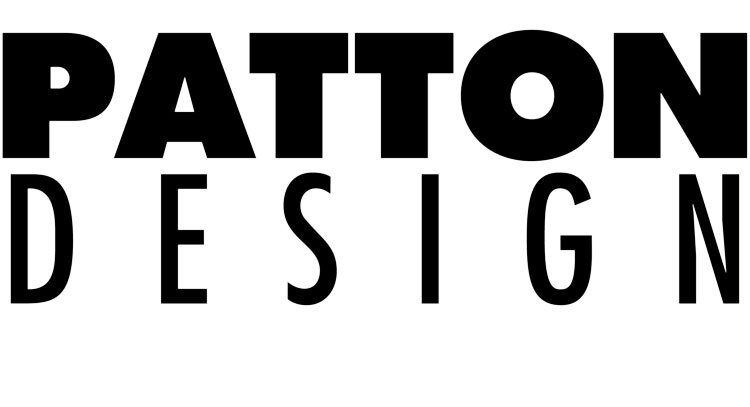Patton Design’s regulatory experts have over 15 years experience in all areas of FDA regulatory approval process. This integrates with our QMS and engineering process for successful product development
510k
Class 2 - The 510(k) clearance process is a comprehensive review of safety and performance data for a medical device1. The review may include scientific, non-clinical, and clinical data to determine if a new device is substantially equivalent to a device that is already on the market1. The process involves three steps: finding a predicate device, building a quality management system, and device testing2. Generally, 510(k) applicants can expect submission acceptance review decisions within 15 calendar days, substantive review decisions within 60 days, and final decisions within 90 days3.
PMA
Class 3 - The PMA (premarket approval application) process is a four-step review process by the FDA for high-risk medical devices. The PMA process is applicable to medical devices that are considered to have a high risk to patients, such as life-sustaining or life-supporting devices The PMA process is used to ensure that a new medical device is safe and effective for its intended users. It involves extensive clinical trials and laboratory testing and has higher standards than the 510 (k) process, requiring more detailed and comprehensive evidence of the device's safety and effectiveness

